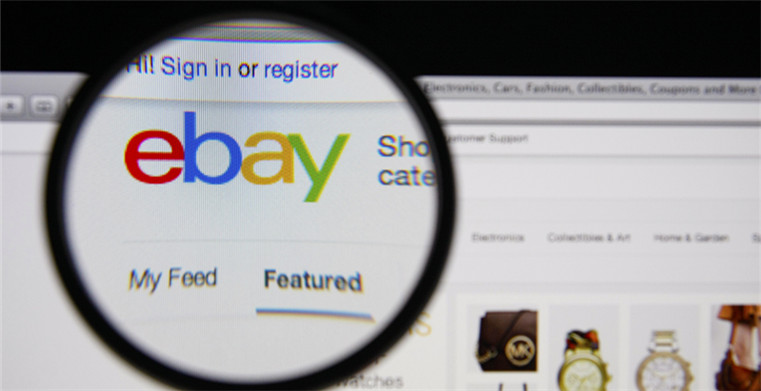In recent years, online shopping has become increasingly popular due to its convenience and accessibility. However, with the rise of online shopping, there are also concerns regarding the safety of online transactions. In this article, we will discuss the various safety issues related to online shopping and provide tips on how to avoid them.
Security Risks of Online Shopping
1. Phishing Scams
Phishing scams are one of the most common security risks associated with online shopping. These scams involve cybercriminals posing as legitimate companies to obtain sensitive information such as credit card details and login credentials. To avoid phishing scams, it is important to only provide personal information on secure websites and to never click on suspicious links.
2. Identity Theft
Identity theft is another major concern when it comes to online shopping. This occurs when cybercriminals steal personal information such as name, address, and credit card details to make fraudulent purchases. To prevent identity theft, it is important to regularly monitor bank statements and credit reports for any suspicious activity.
3. Fake Websites
Fake websites are also a common security risk associated with online shopping. These websites are designed to look like legitimate online stores but are actually created by cybercriminals to steal personal information. To avoid fake websites, it is important to only shop on reputable and secure websites.
Tips for Safe Online Shopping
1. Use a Secure Connection
When shopping online, it is important to use a secure internet connection. Avoid using public Wi-Fi networks as they are often unsecured and can be easily hacked. Instead, use a private and secure internet connection such as a home network or a personal hotspot.
2. Shop on Secure Websites
Only shop on secure websites that use encryption to protect your personal information. Look for websites that have an "https" in the URL and a padlock symbol in the address bar.
3. Use Strong Passwords
Use strong passwords that are difficult to guess and avoid using the same password for multiple accounts. It is also important to change your passwords regularly.
4. Use a Credit Card
When shopping online, it is safer to use a credit card rather than a debit card. Credit cards offer more protection against fraud and unauthorized charges.
5. Monitor Your Accounts
Regularly monitor your bank statements and credit reports for any suspicious activity. If you notice any unauthorized charges, report them immediately to your bank or credit card company.
Conclusion
In conclusion, online shopping can be a convenient and enjoyable experience, but it is important to be aware of the security risks associated with it. By following the tips outlined in this article, you can protect yourself from phishing scams, identity theft, and other security risks. Remember to always shop on secure websites, use strong passwords, and monitor your accounts regularly. Stay safe and happy shopping!
網購安全問題英語作文
注:本文轉載自www.erp800.comthrob的文章"http://www.erp800.com/ecbaike/38256.html"。版權歸原作者所有,此部落格不擁有其著作權,亦不承擔相應法律責任。 如有侵權,請聯繫我們删除。







